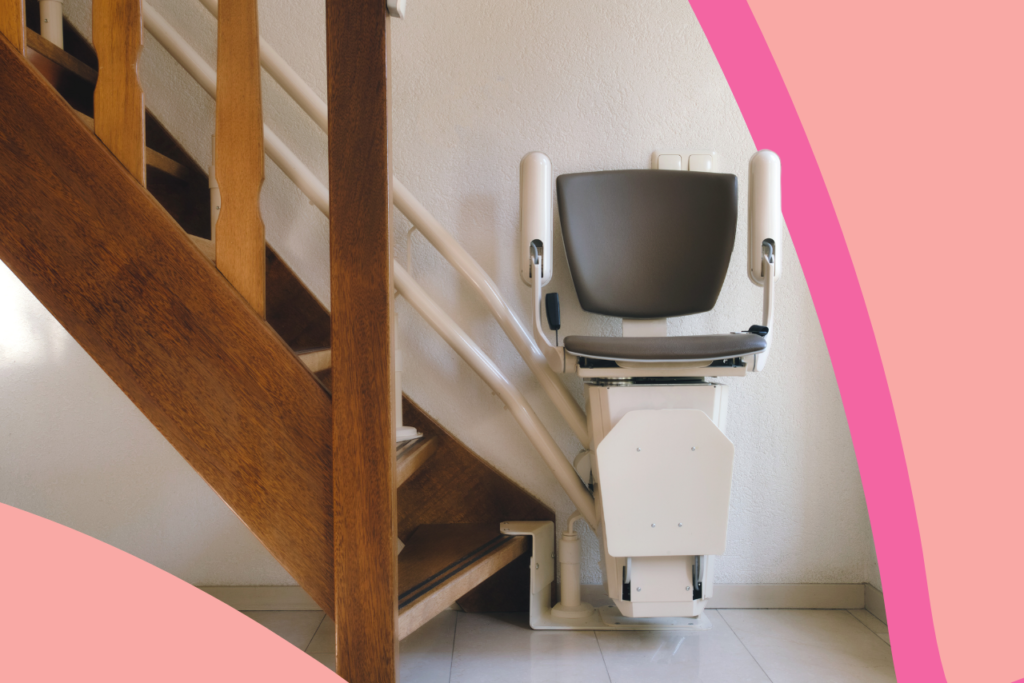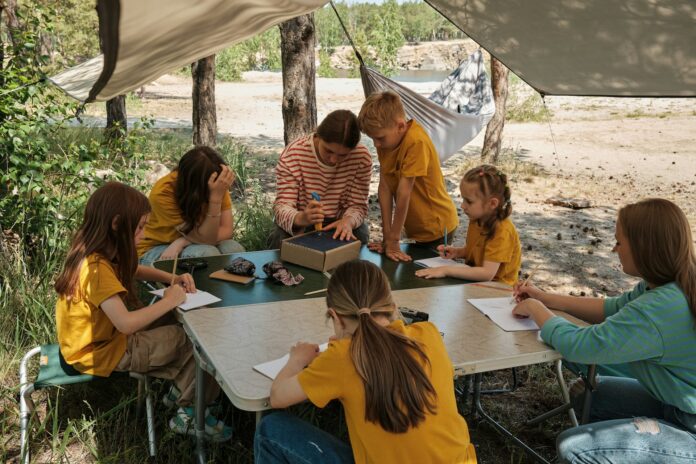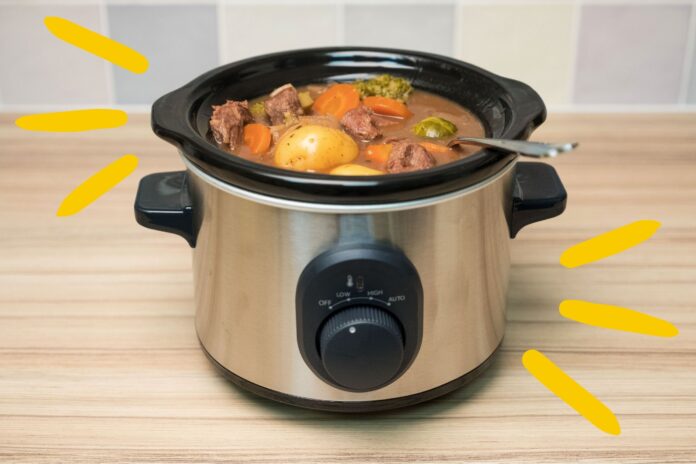Sure, we understand that the title of this one might be a rather niche concern, but if you’re looking to get on the property ladder but finding it obstructively expensive, you might want to listen up….
Property prices across the UK are continuing to rise, and even in traditionally quieter areas, many houses are being sold for 15-20% and more above asking price.
But if you’re looking for something more affordable – you are, everyone is – how about buying a house that was previously owned by an elderly person, whether that’s in a retirement village, as part of extra-care housing, or it’s a former housing association property? It might be a bit of a fixer-upper, sure, but chances are the rooms will be significantly bigger than a new build, as will the garden.
Sounds good? If you do take the plunge and pick a former OAP property, here are 5 ways to make it more family-friendly.
Install A New Bathtub
Many older people’s properties have had wet rooms with showers fitted for convenience. This typically includes the removal of a bath and creation of a wetroom to allow for more comfortable and safe showering, as opposed to bathing. Baths tend to be difficult to enter, presenting slip hazards. Walk in tubs or wetrooms provide greater accessibility, as entry and exit doesn’t require a spot of amateur gymnastics to achieve.
So, there’s likely to be no bath – this can be problematic if you like your kids to have a dip every couple of days. In properties where the bathroom previously had a bath, reinstating it is fairly straightforward for a plumber. But if the shower room is smaller, shop around online for specialist baths designed for little rooms – some have corner designs, others are just a little shorter than usual.
Read: Top things to consider when remodelling your bathroom

Install Front Gates & Fences
Many features of an elderly’s person’s home are designed with preserving their independence in mind. This often involves making the property more easily accessible, usually with a focus on the front garden and path leading up to the house.
Once their kids fly the nest, many older folk might choose to take down walls and fences at the front of their properties – it makes the space more expansive and more easily accessible, not to mention that trying to prevent the little ones rampaging into the street is no longer an issue.
Should you have toddlers who are in their exploratory years or you’d simply like a little privacy, then you may well want to re-install a gate and fences to the front of your property.
Remove The Stairlift
Bought a home with a stairlift? Sure, it can be fun whizzing up and down it for a few days (provided it’s in working order), but that novelty is going to wear off pretty quickly.
Instead, you’ll probably want to get rid of it ASAP and put your own stamp on the place.
Here’s the thing; getting rid of a stairlift can be surprisingly difficult. It won’t fit in the bin and it’s such a pain trailing it to a recycling centre. Fortunately, the guys at We Buy Any Stairlift have predicted this problem and offered a solution; they’ll come and pick up your stairlift, and they’ll also pay cash for it.
Do bear in mind that, according to the research data from Key, nearly 50% expect to install a stair lift in later life to support their mobility at home, meaning you may need to reinvest in one in the future.

Convert The Dining Room
Former OAP houses often feature large, dedicated dining spaces close to the kitchen or living room, but it’s perhaps more common for the modern family to have their dining table in the kitchen, creating a communal, multi purpose space.
Indeed, with small kids, that large (sometimes stuffy) dining room might be put to better use repurposed as a playroom or home office. With the kitchen now doubling up as the dining room, you can create a more modern, sociable space where the family convenes each evening, enabling you to chat – or keep eye on the kids – while you cook!
Readjust The Height Of Plugs & Switches
Many OAP home adaptations concern small adjustments to the height of certain everyday items around the home, and one of the most important are those of plugs and switches.
In the average UK home, light switches tend to be too high for those in wheelchairs and plugs tend to be too low for easy access for elderly residents. It’s recommended that sockets and switches in UK new builds should be at a minimum of 450mm and a maximum of 1200mm from floor level, with sockets at the lower end of that spectrum and switches at the higher end.
Many elderly residents who have chosen to age in place opt for both their sockets and switches to be at a height of around 750mm from floor level, as this is considered more accessible. Accordingly, you may want to readjust various sockets and switches to that previously stated newbuild spec.





